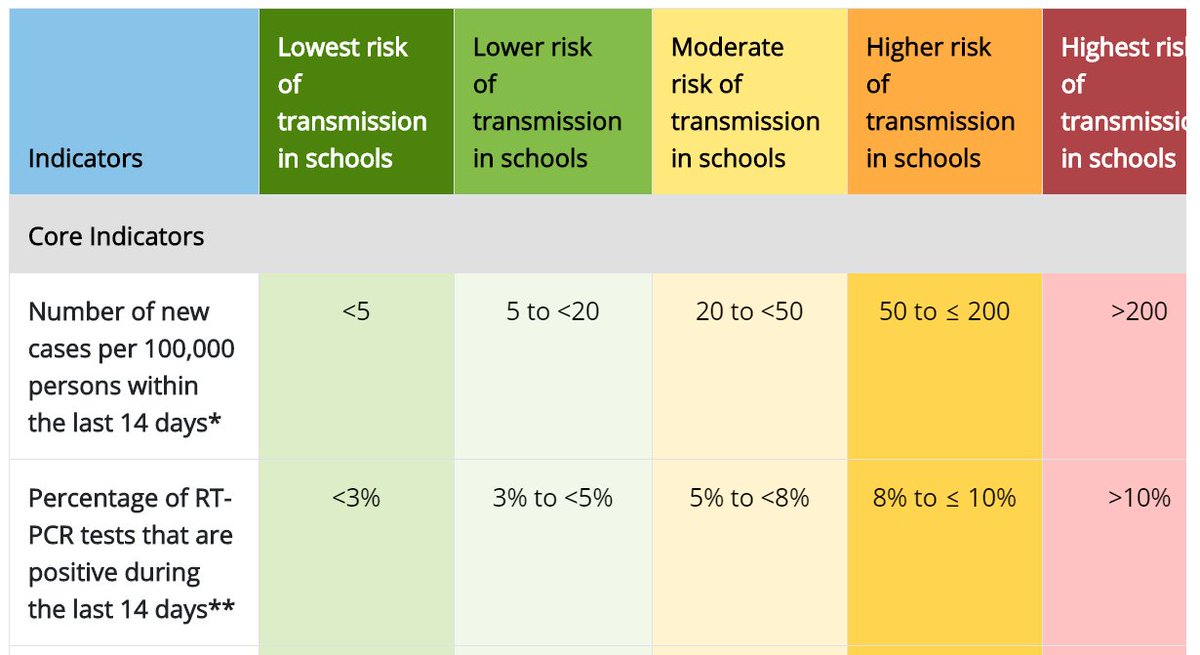
This is helpful update to that chart. Takeaway is much the same. (HT @CT_Bergstrom)
I do think there is a reasonable rationale for looking at the March/April phase a little differently than May/June onward. In early phase we were fighting this much blinder than from summer on.
I do think there is a reasonable rationale for looking at the March/April phase a little differently than May/June onward. In early phase we were fighting this much blinder than from summer on.
https://twitter.com/bhrenton/status/1316093418397986821
The states that got hit in the first crest in March/April were largely places with major travel hubs to Europe/China, and dense populations. And due to federal failings they had little preparedness, little support, and a lot less knowledge on how to fight it.
Other states would likely have followed suit if not for the shutdowns that spread across the country from mid-March, and held in place into late April/May.
The shutdowns spared the rest of the country from NYC-like outcomes.
The shutdowns spared the rest of the country from NYC-like outcomes.
By May, those first-crest states had brought down their curves and stabilized hospitals.
That was a critical moment for other states (including most red states) that *hadn't* been hit badly yet. Would they apply NY's lessons or ignore them?
We all know what happened next.
That was a critical moment for other states (including most red states) that *hadn't* been hit badly yet. Would they apply NY's lessons or ignore them?
We all know what happened next.

So while I don't agree with erasing March-May, I do think that deserves to be seen as a distinct phase.
Failing to control the outbreak in that early phase is a little more understandable than watching what happened in NY/NJ/CT etc and concluding the same can't happen to you.
Failing to control the outbreak in that early phase is a little more understandable than watching what happened in NY/NJ/CT etc and concluding the same can't happen to you.
Or to put it differently, which governance failure is worse:
Mishandling a novel threat with little knowledge or warning?
Or mishandling a known threat with the benefit of both knowledge and warning?
Mishandling a novel threat with little knowledge or warning?
Or mishandling a known threat with the benefit of both knowledge and warning?
• • •
Missing some Tweet in this thread? You can try to
force a refresh






